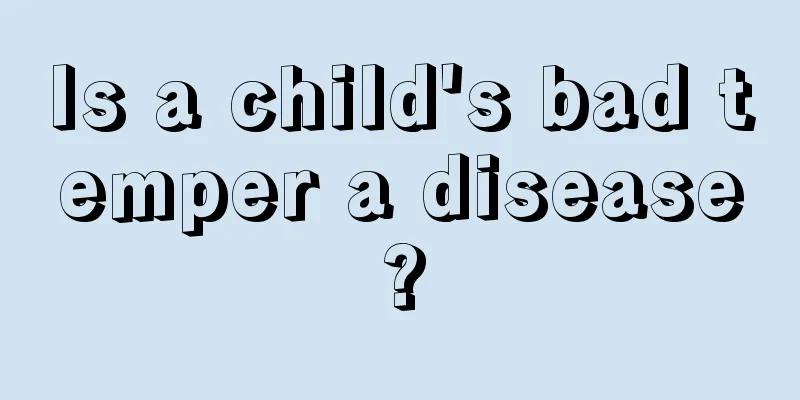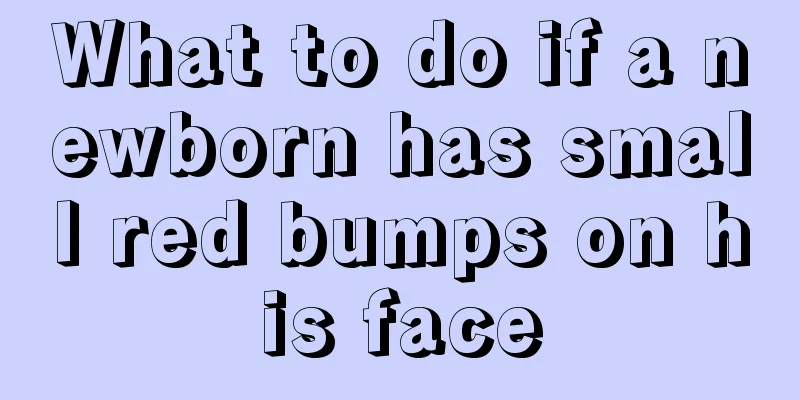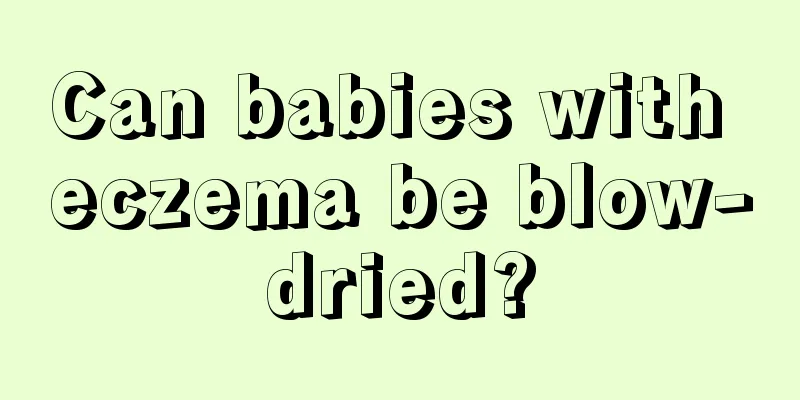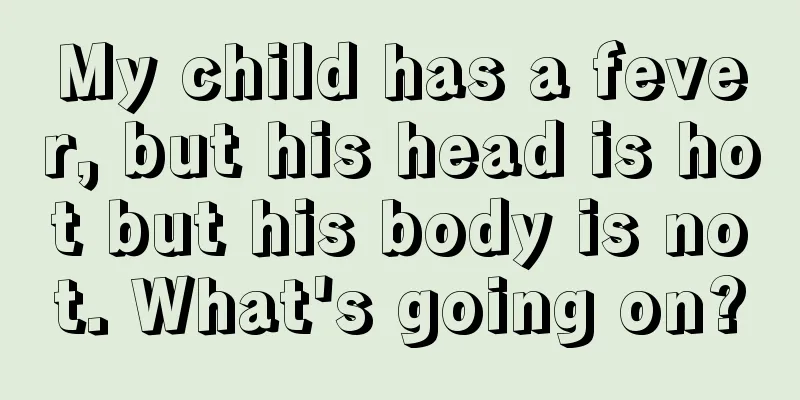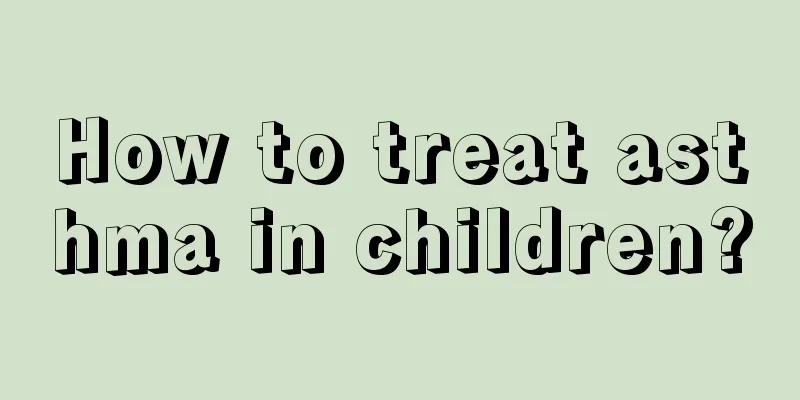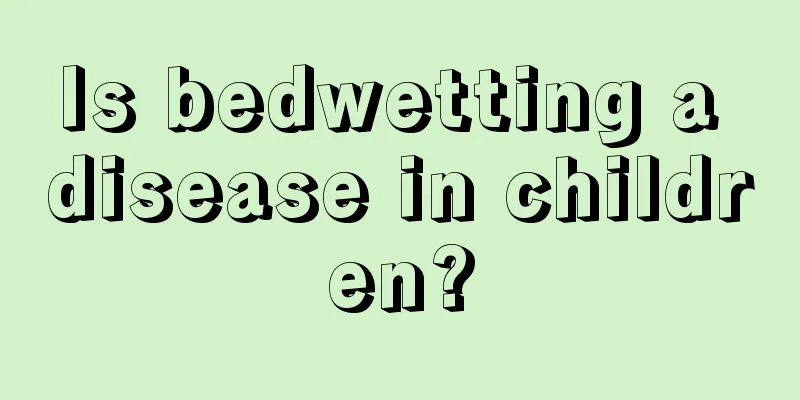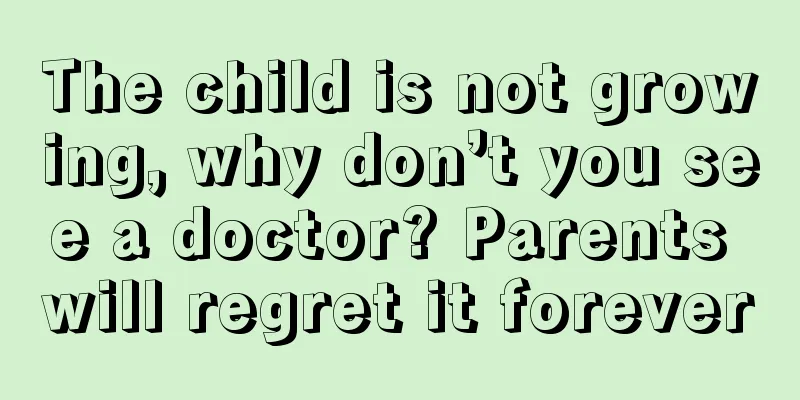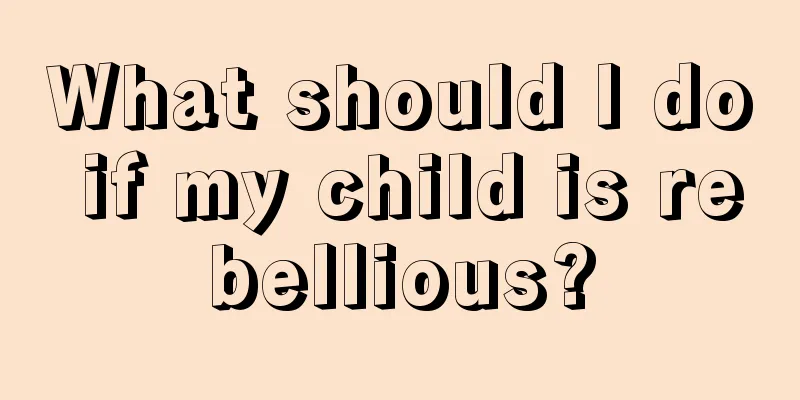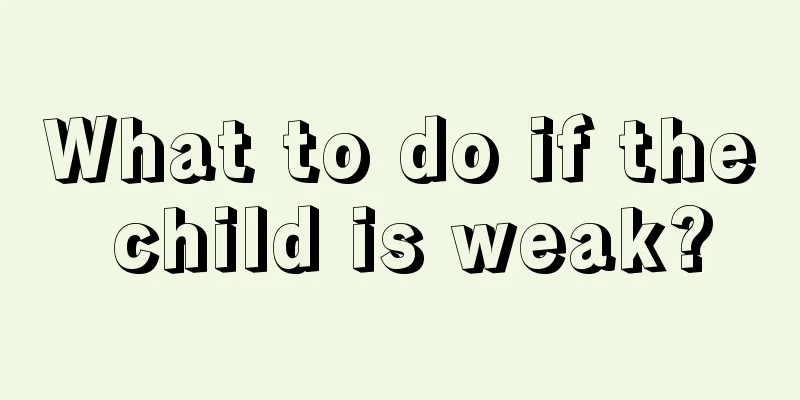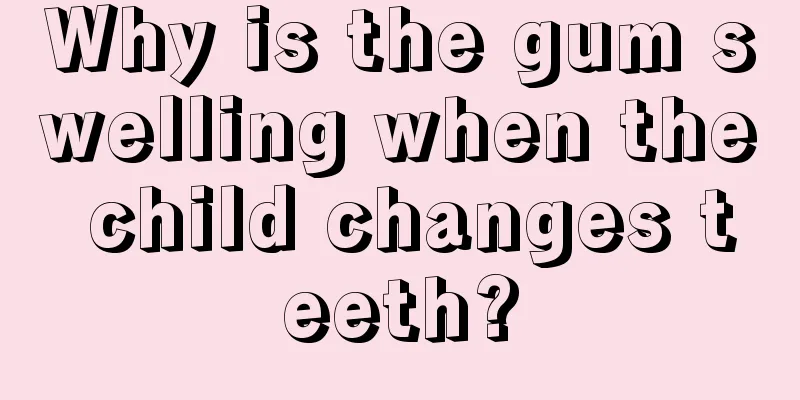What are the early symptoms of pneumonia in children?
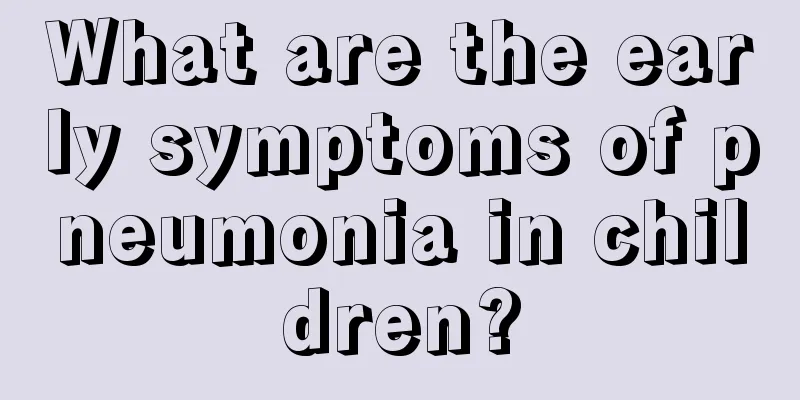
|
Many children are prone to symptoms such as colds and coughs when the seasons change. If the condition is very serious, it may develop into pneumonia. So what are the early symptoms of childhood pneumonia? Everyone knows that if childhood pneumonia is not treated in time, the harm is very great. Only by understanding the early symptoms of childhood pneumonia can we find a treatment method. So how does childhood pneumonia manifest? Pediatric pneumonia has its typical symptoms. As long as parents pay attention and observe carefully, they can take timely measures or go directly to the hospital for treatment to avoid worsening of the disease. Fever Children suffering from pneumonia usually have fever symptoms, with body temperature above 38°C, which lasts for two or three days. Antipyretics can only temporarily lower the body temperature for a while, but it will rise again soon. Although children may have fever when they have a cold, the temperature is mostly below 38°C and lasts for a short time, so the effect of antipyretics is more obvious. But at the same time, we should also be wary of pneumonia in children without fever. Babies with pneumonia may have a very high temperature, but they may also not have a fever, or even have a temperature lower than normal. The duration of fever cannot be used as a basis for diagnosing pneumonia. Some babies develop pneumonia after only two days of fever, while some babies do not develop pneumonia even after a week of fever. Therefore, fever alone cannot determine whether a child has pneumonia. It also requires a combination of other aspects to determine. Coughing and breathing To determine whether the child has pneumonia, we also need to see whether the child has cough, wheezing, and difficulty breathing. Coughing and wheezing caused by colds and bronchitis are mostly paroxysmal and generally do not cause difficulty breathing. If the cough and wheezing are severe, the respiratory rate increases when at rest (i.e., infants under 2 months old breathe ≥ 60 times/minute; infants 2-12 months old breathe ≥ 50 times/minute; children 1-5 years old breathe ≥ 40 times/minute), the nostrils on both sides open one after another, and the lips turn blue or purple, once the above symptoms appear, it indicates that the condition is serious and should not be delayed. Mental state In order to detect pneumonia in children in time, careful mothers should also pay attention to their children's mental state. If a child is in good spirits, playful and cheerful while having a fever, cough and wheezing, it indicates that the possibility of him having pneumonia is very small. On the contrary, if the child is in a poor mental state, has blue lips, is irritable, crying or drowsy, has convulsions, and a few children may even have delirium, it means that the child is more seriously ill and is more likely to have pneumonia. In the early stages of pneumonia, a child may not show any obvious changes in spirit, or may be in a poor mental state. Especially for some children, we must pay attention to the prevention of pneumonia. Everyone knows that pediatric pneumonia is a very serious disease. Only by paying close attention to the specific symptoms of pneumonia and understanding the manifestations of pediatric pneumonia can we prevent it in life. I hope that the above symptoms can protect children and prevent them from developing more serious pneumonia. |
<<: What should I do if my 4-year-old child has a hunchback?
>>: What to do if your baby takes an overdose of medicine?
Recommend
What are the dietary taboos for baby tracheitis?
It is a very common phenomenon for babies to suff...
10-year-old child can't sleep at night
Most children can sleep longer than adults. Usual...
Is a child's fever of 394 degrees serious?
People will get sick due to some factors in their...
What causes fecal incontinence in children?
Fecal incontinence is a symptom that occurs in bo...
What should I do if my child’s gums are red, swollen and bleeding?
Teeth are the most important part of every person...
Exchange transfusion therapy for neonatal jaundice
Neonatal jaundice is a relatively common disease,...
How many months does it take for a baby's head to take shape?
Some adults may find that their head shape is bia...
Can I have a blood test if my baby has diarrhea?
When babies have diarrhea, they generally do not ...
What should I do if my child has asthma?
Asthma is a very common respiratory disease. Many...
The child suddenly starts to limp.
A healthy child will have no problem walking. If ...
How to treat a stroke in a child?
Stroke is not just a disease that adults or immor...
Why do children sleep on their backs?
In our popular concept, sleeping should be done w...
What can children eat to grow taller?
A child's height is related to his or her nor...
Can purpura nephritis in children be cured?
Childhood purpura nephritis, also known as Henoch...
What is the treatment for pharyngitis in children?
Families don't want to see their children inv...
